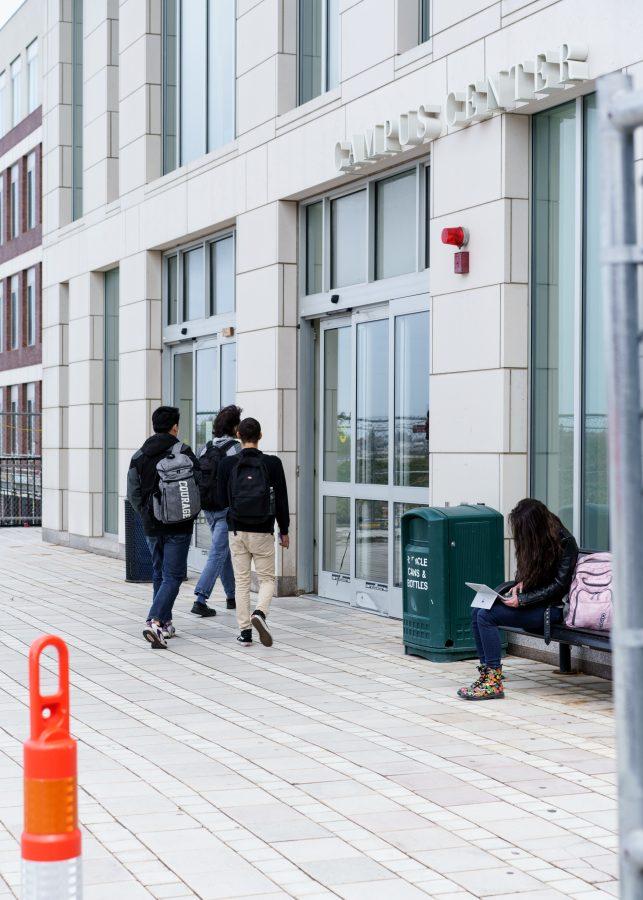On Wednesday, April 13, the Board of Trustees for the University of Massachusetts System voted to increase tuition and fees for the Fall 2022 semester. The increase will affect the system’s four major campuses, as well as UMass Law and the UMass Chan Medical School in Worcester. The tuition increase comes after a two-year freeze due to the COVID-19 pandemic.
The Board of Trustees vote was 12–2 in favor of the tuition and fee increase. The two dissenting votes were cast by student trustees Derek Houle of UMass Lowell, and Narcisse Kunda of UMass Dartmouth.
“These student charge adjustments are necessary to sustain the academic excellence at each UMass campus, and provide students with the facilities and services they need and deserve,” said the System in a statement. “They follow two years of tuition freezes, remain far below the rate of inflation, and do not reflect the record-breaking grant aid ($373 million this year) that the university provides students.”
The increase will lead in-state students to pay between $346 and $395 more a year, depending on which campus within the university system they attend. This represents an in-state tuition increase of 2.5 percent for undergraduates for the 2022-2023 academic year.
Out-of-state students face the same 2.5 percent increase in tuition, except at UMass Amherst, where out-of-state students will face a 3 percent increase in tuition and fees.
Graduate students are also facing similar tuition and fee hikes. At UMass Amherst, UMass Boston and UMass Lowell, graduate students will face an increase in tuition somewhere between 2.3 percent and 3.1 percent, while at UMass Dartmouth the tuition increase will be an additional $100 per year.
Along with increases in tuition, students in the UMass System will also face increases in the cost of room and board. These increases range from 1.9 percent to 3.9 percent, depending on which campus the student attends.
“Here is the challenge we are facing: the annual inflation rate in the United States has now accelerated to a four-decade high of 8.5 percent. That’s the highest increase since December of 1981,” said UMass President Marty Meehan at the Board of Trustees’ meeting. “I am also concerned about the possible increase in the fringe benefit assessment by the commonwealth. The student charge adjustment combined with additional cost-saving measures that we hope will be new investment by the commonwealth will help us to confront this challenge.”
WBUR reports that annual tuition, combined with fees students are required to pay, will result in the following costs for undergraduate students in the 2023 fiscal year: at UMass Boston, in-state students will pay $15,172, and out-of-state students will pay $36,145; at UMass Amherst, in-state students will pay $16,952, and out-of-state students will pay $38,171; at UMass Lowell, in-state students will pay $16,182, and out-of-state students will pay $34,550; and at UMass Dartmouth, in-state students will pay $14,854, and out-of-state students will pay $30,992.
Tuition at UMass Law will increase by 3.2 percent, leading to a total cost of $30,175 for in-state students. At the UMass Chan Medical School, tuition and fees will also be raised by roughly 2.5 percent.
“All of the chancellors and this board are going to have to be very vigilant in the next couple of years to keep the fiscal house in order,” said Board of Trustees Chair Robert Manning. “There will be more difficult decisions that are going to need to be made, which will be unpopular, but our job is to make sure the institution endures, stays healthy and can deliver on its mission to educate as many students in the commonwealth as we possibly can.”
Manning reports that while the UMass System is in “very good fiscal shape,” a continuing struggle with enrollment plays a large part in the system’s issues with funding.

